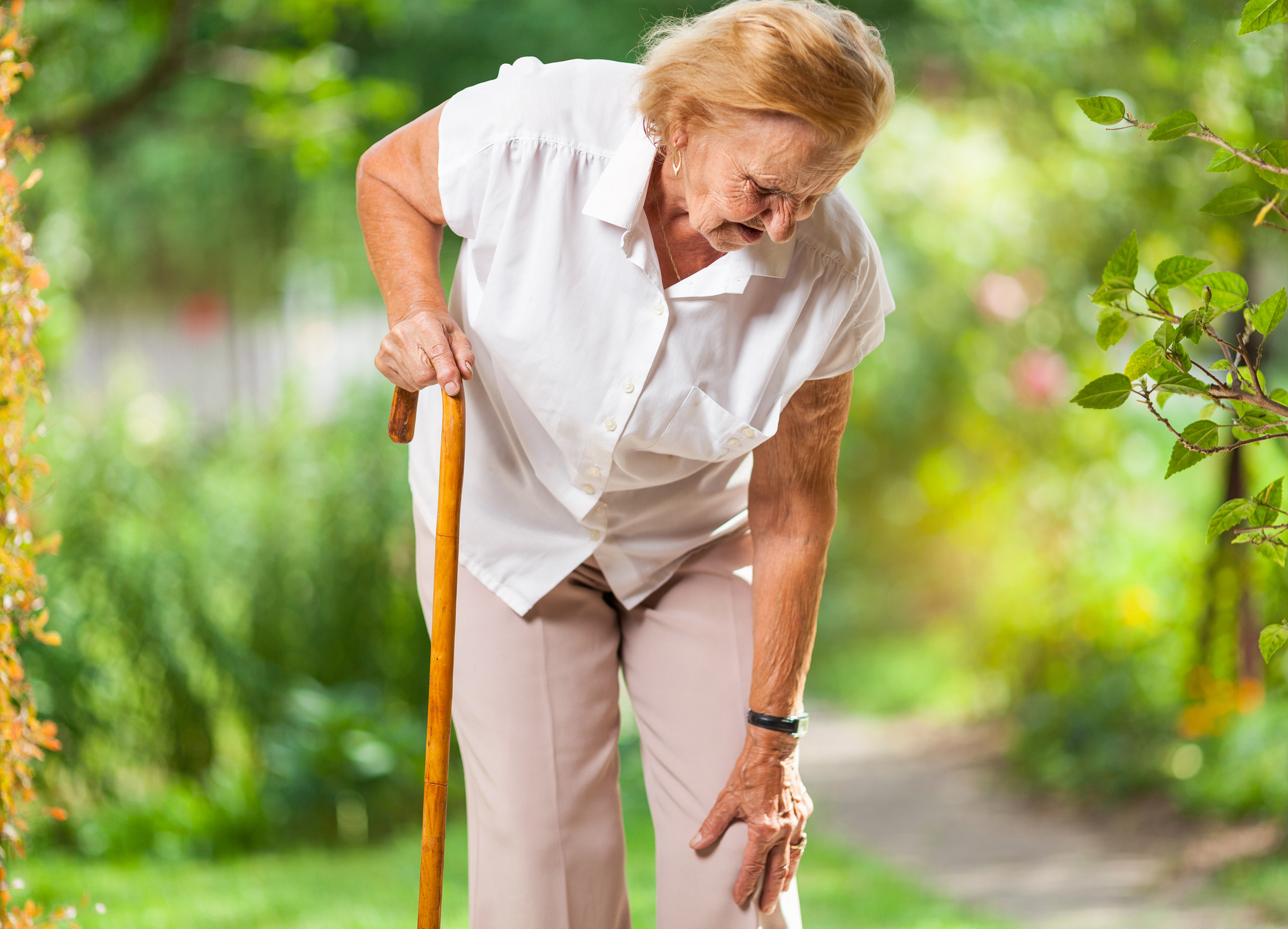
Fall risk in the elderly is increased when a senior has osteoarthritis
The data pertaining to senior falls is startling. Falls are classified as the primary reason behind injury in the elderly, and bring about hundreds of thousands of hip fractures annually, in addition to the countless other injuries sustained. As prevalent as falls in the elderly are, the risk is more than doubled for individuals with osteoarthritis, according to the CDC.
Why Does Osteoarthritis Increase Fall Risk in the Elderly So Drastically?
There are several contributing factors:
- Pain. The joint pain brought on by arthritis leads to an 85% higher chance of falling, based on the number of painful joints a senior loved one has and which joints are affected. The pain will naturally cause seniors to avoid utilizing the joints that cause pain, leading to unsteadiness and muscle weakness.
- Pain medications. While pain itself is enough to put older adults at a greater risk of falling, the very prescriptions intended to help can also cause harm. Prescription pain meds, specifically narcotics, cause drowsiness and dizziness – both key reasons behind falls.
- Functioning difficulties. Joint rigidity and the mobility challenges that it may cause can change how a person moves and walks. Each step taken normally places 80% of our body weight onto one limb; but seniors with arthritis pain will discover strategies to compensate for the discomfort it could cause, which could place them off balance.
Tips for Preventing Falls
Taking steps to reduce fall risk in the elderly is a must for older adults with osteoarthritis. There are two key elements to fall prevention:
- Increase physical activity. Research has shown that improving flexibility and building muscle strength and balance will decrease the possibility that a senior with arthritis will experience a fall. Speak with the physician first, and then try these low-impact exercises:
- Aquatics
- Tai chi
- Strength training
- Yoga
- Stretching
- Walking
- Assess the home environment. A walk-through of the home can help identify any possible dangers and pinpoint any necessary modifications to boost safety. For example, get rid of clutter/obstacles/cords blocking walking paths, add grab bars in the bathroom, make certain sturdy handrails are in place alongside stairs, and add extra lighting.
Let Home With You Senior Care, an award-winning provider of in home care in Wilmette and the surrounding areas, help further minimize fall risk for a senior you love. We’re on hand to carry out a thorough assessment of the house and provide additional strategies to improve safety. We are able to also help with:
- Medication reminders
- Transportation to medical appointments, exercise classes, and anywhere else a senior may wish to go
- Housekeeping and meal preparation
- Safe transfers and walking
- Picking up prescriptions and groceries and running any other errands requested
- Companionship to motivate older adults to remain active while remaining safe
- And much more
Reach out to us at 410-756-0959 to set up an in-home consultation and fall risk assessment, and to find out about our trusted home care in Wilmette and the surrounding communities.
